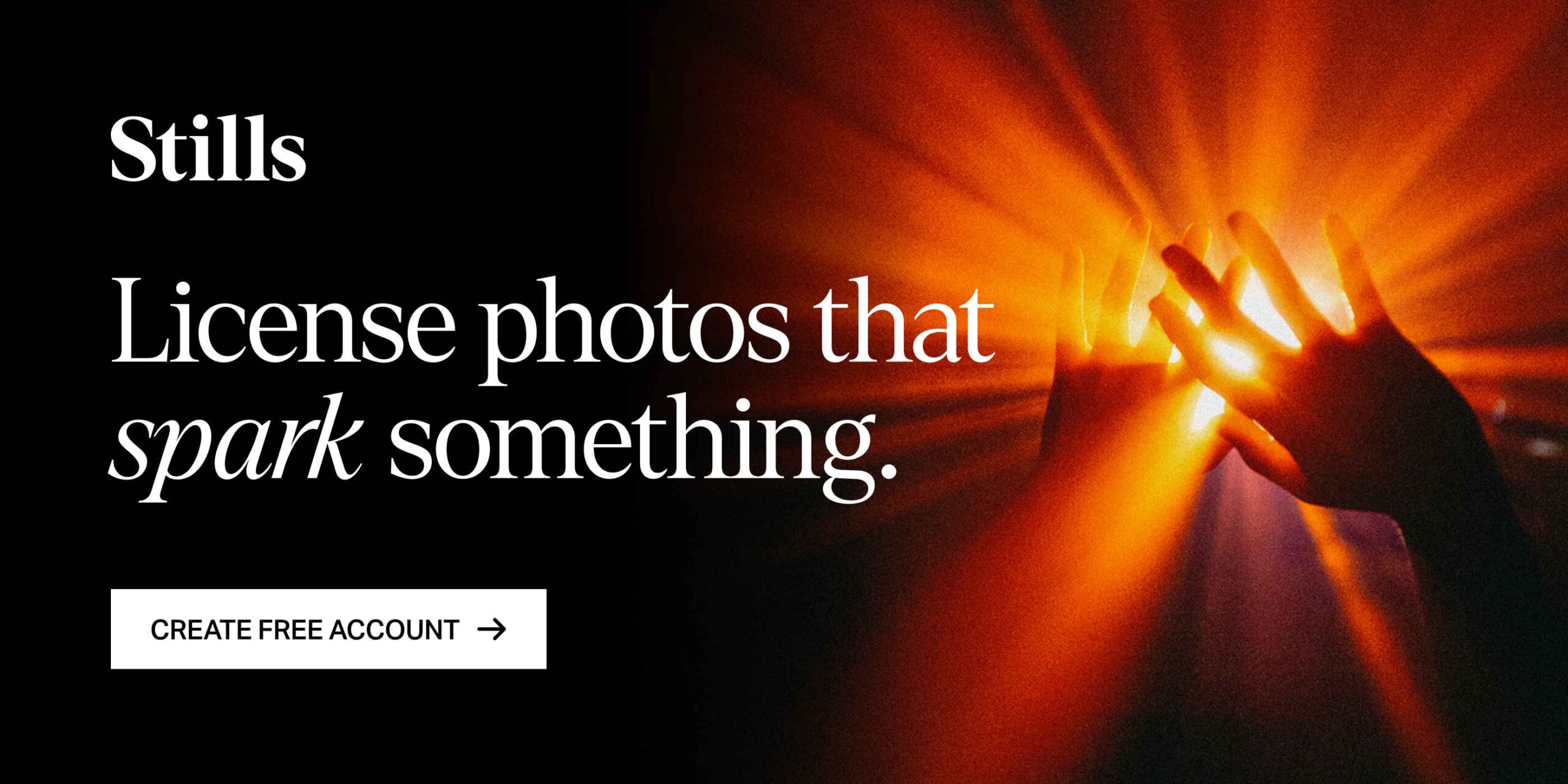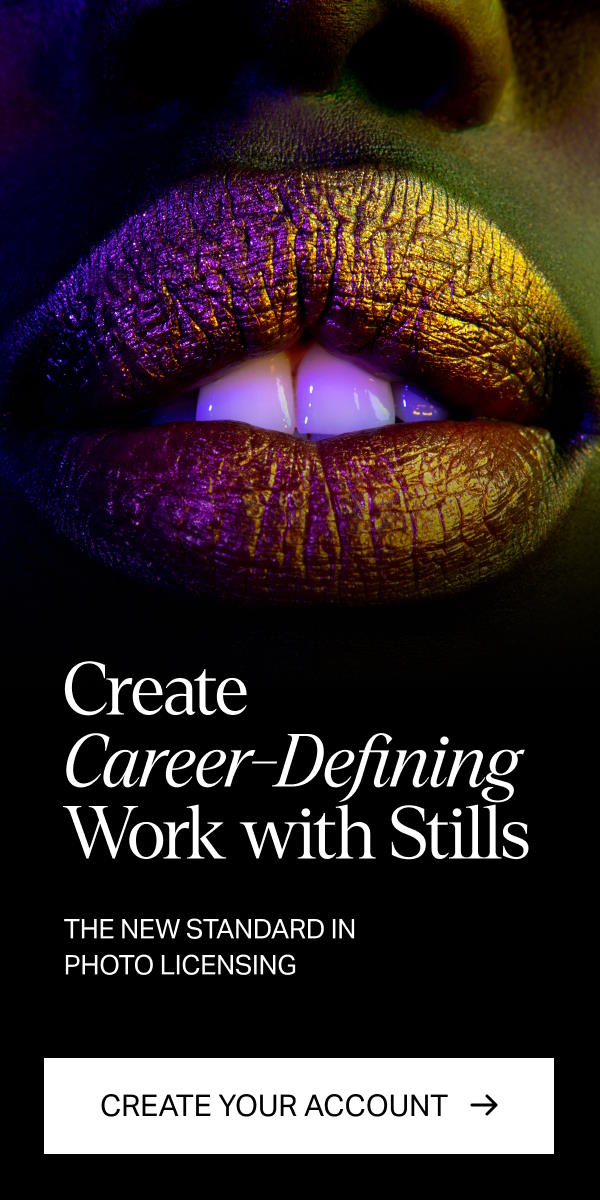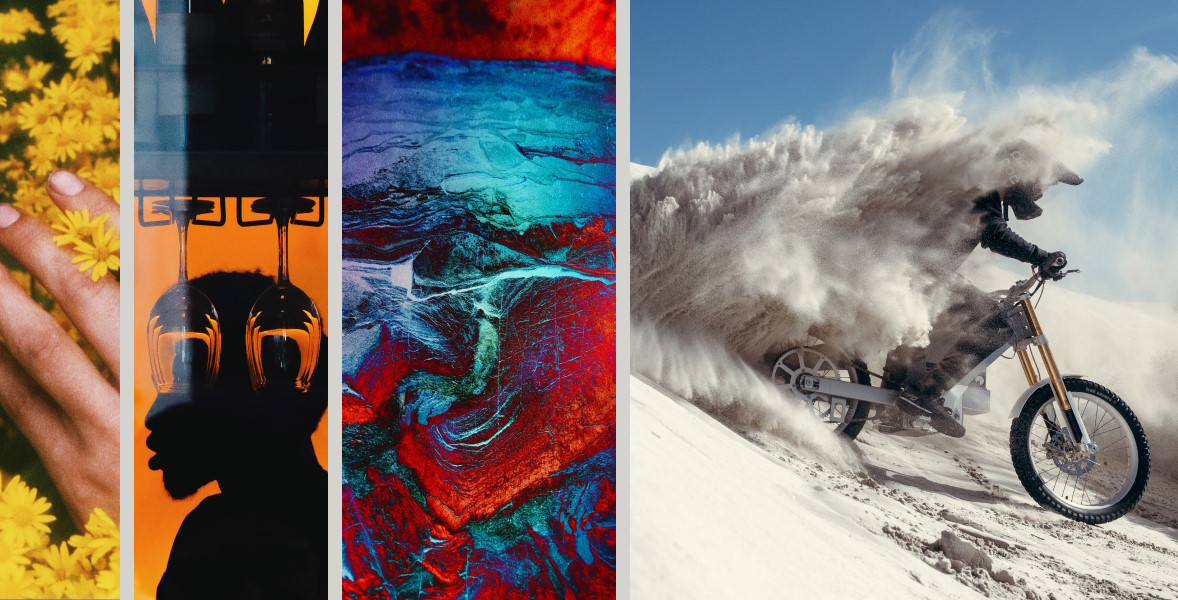Like many notable creatives, New York-based designer Leta Sobierajski’s artistic journey was shaped by her unique childhood experiences. Growing up in the serene rural upstate New York, she was immersed in nature and stillness, a setting that fueled her imagination and laid the foundation for her creative approach. “I’d write, draw pictures, write stories about my discoveries, and record myself on a tape recorder interviewing these creatures I found. It sounds like a lonely existence, but I can’t imagine an alternative,” she says.
Fast-forward to graduating from Purchase College, where she studied graphic design, and to an adjunct professorship at the School of Visual Arts, and Sobierajski is just as passionate about her creative journey as she was as a child.
Today, she’s a renowned multidisciplinary designer and art director, and a significant part of her creative journey is her collaboration with her partner Wade Jeffree. Together, they form Wade and Leta, a Brooklyn-based creative studio. Their work is a fusion of traditional design elements with photography and art, a unique blend they describe as ‘Music To Your Eyes’. Their creations, be it illustrations, installations, moving pictures, or more, are known for their distinctiveness and impact. You might have already come across their striking visuals for brands like Adobe, Google, Herman Miller, and others.
Read her exclusive interview below to learn more about her and Jeffree’s unique collaborative process, her seasoned advice for aspiring creatives, and how she utilizes Stills as a resource and inspiration for her work.
Stills: How do you keep your style consistent while working on different types of projects?
Leta Sobierajski: Finding visual consistency in our work has taken quite a few years. One of our most consistent threads is color, which we consider a medium alongside wood or metal. Color ties our projects together and creates a visual theme in our breadth of work.
How does the collaborative dynamic influence your design process?
We are very different as individuals, which is quite apparent in our work. At the beginning of any project, we work separately to conceptualize our solutions. We find it extremely important to give each other the space to think and explore our references without being influenced by one another’s thinking.
We’re quite symbiotic in our working methods, but it is incredibly rare for us to come up with the same idea. Once we both feel like we’ve spent enough time gathering our thoughts, we’ll present our solutions to each other. We may subsequently focus on one, two, or three concepts after our discussion. When we both have our heads down working, I love to focus on the smaller details and refinement, whereas Wade is more gestural with his work and likes to iterate to define a feeling. It really works out because we openly collaborate and share files to make sure we can catch each other when we are going a little too crazy. Everything is about balance and harmony and how we can attain it through dialogue and collaboration.
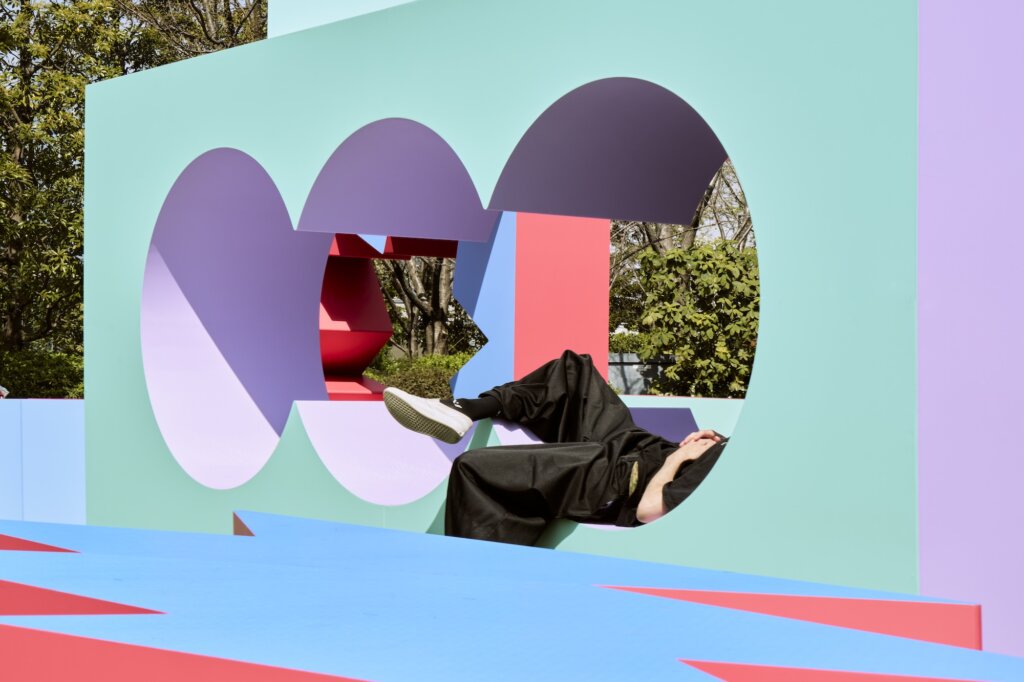
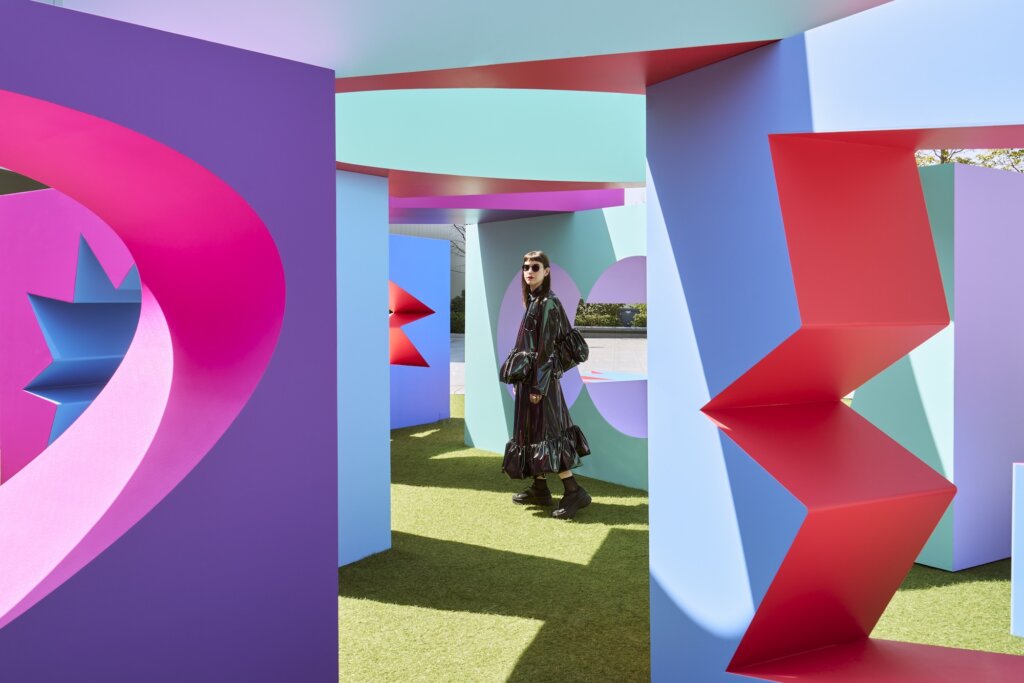
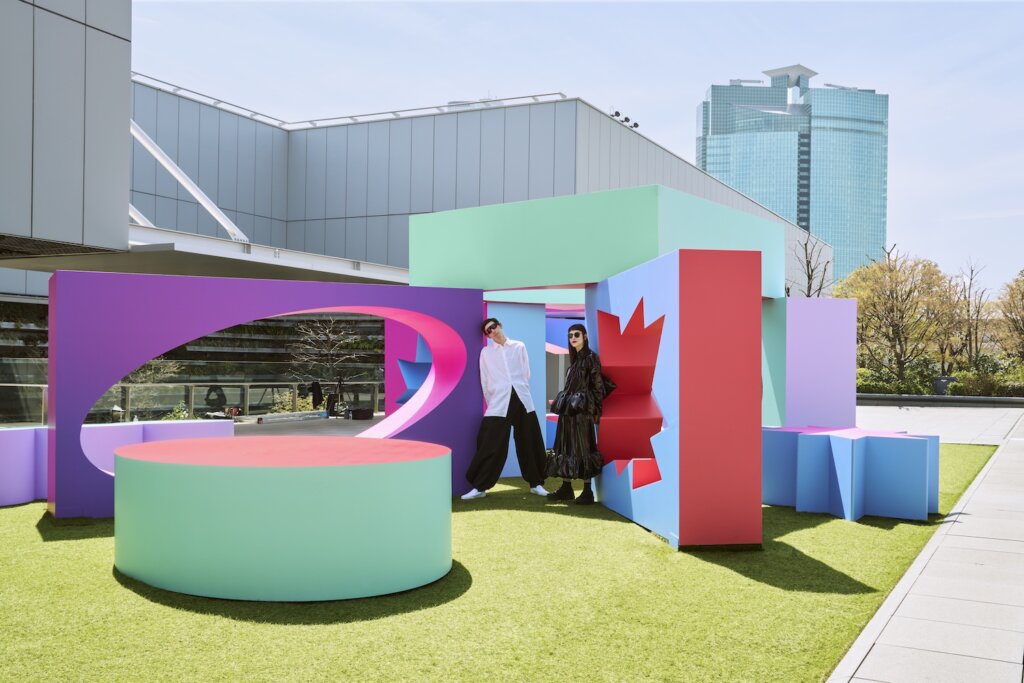
How has your design process changed as you’ve evolved in your career?
Up until a few years ago, much of our work was branding-focused. We crafted branding systems for our clients, often supplementing with art direction and photography. Day in and day out, we were focused on typography and grids and utilizing our evening hours to make sculptural experiments that we could photograph and share. Now, we’re more focused on an art-based practice with our output drastically switching to physical manifestations such as sculpture and installation. It’s been our dream to make this switch, and we feel we can fully be honest with ourselves in our creative pursuits. We’ve never had employees, but that’s because we really feel like we can supplement each other in all aspects of our work. We’ve always placed an emphasis on getting out of the studio to visit museums, galleries, architectural sites, and nature, but those inspirations feel like they are far more applicable in our work now than they ever have been before.
How do you balance experimentation with client expectations?
It’s kind to think that we are pushing design boundaries, but I like to think that it’s more along the lines of pushing ourselves to surpass our own expectations of our creative selves. Our career goals will never waver from the pursuit of making things that can be enjoyable for people of all ages. How we do that, though, has many options, and we hope that we can spend the rest of our lives exhausting those options. In balancing our experimentation with client expectations, there must be a balance, but not necessarily a compromise. Based on our past work, our clients already have a vague understanding of what they’re getting into when they work with us. Two of our greatest challenges will inevitably be time and budget, and our results will change with each restraint (or surplus!) Experimentation is absolutely necessary to grow, and our concept phases are essential to experiment and hypothesize with new materials, shapes, and surroundings. Ultimately, we do not want our personal work to differ from our clients, and we’re grateful that our paths have allowed us to combine the two.
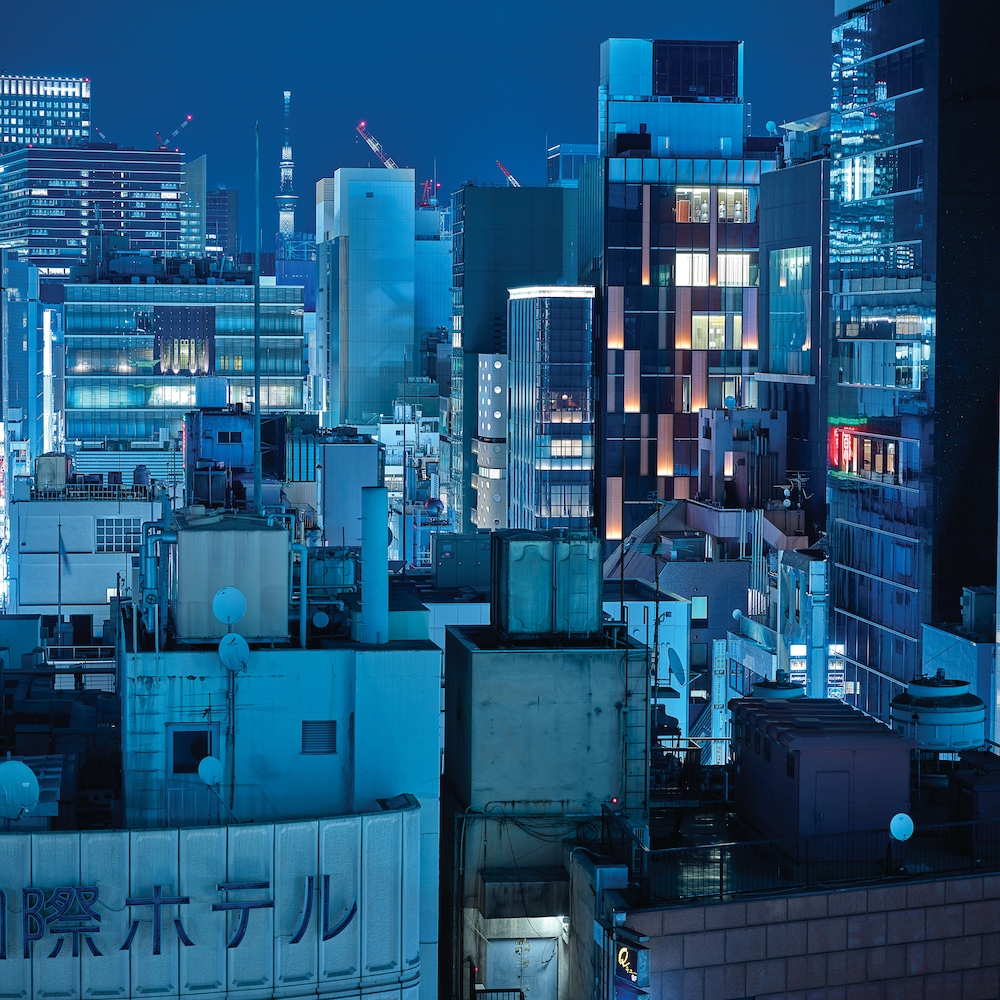
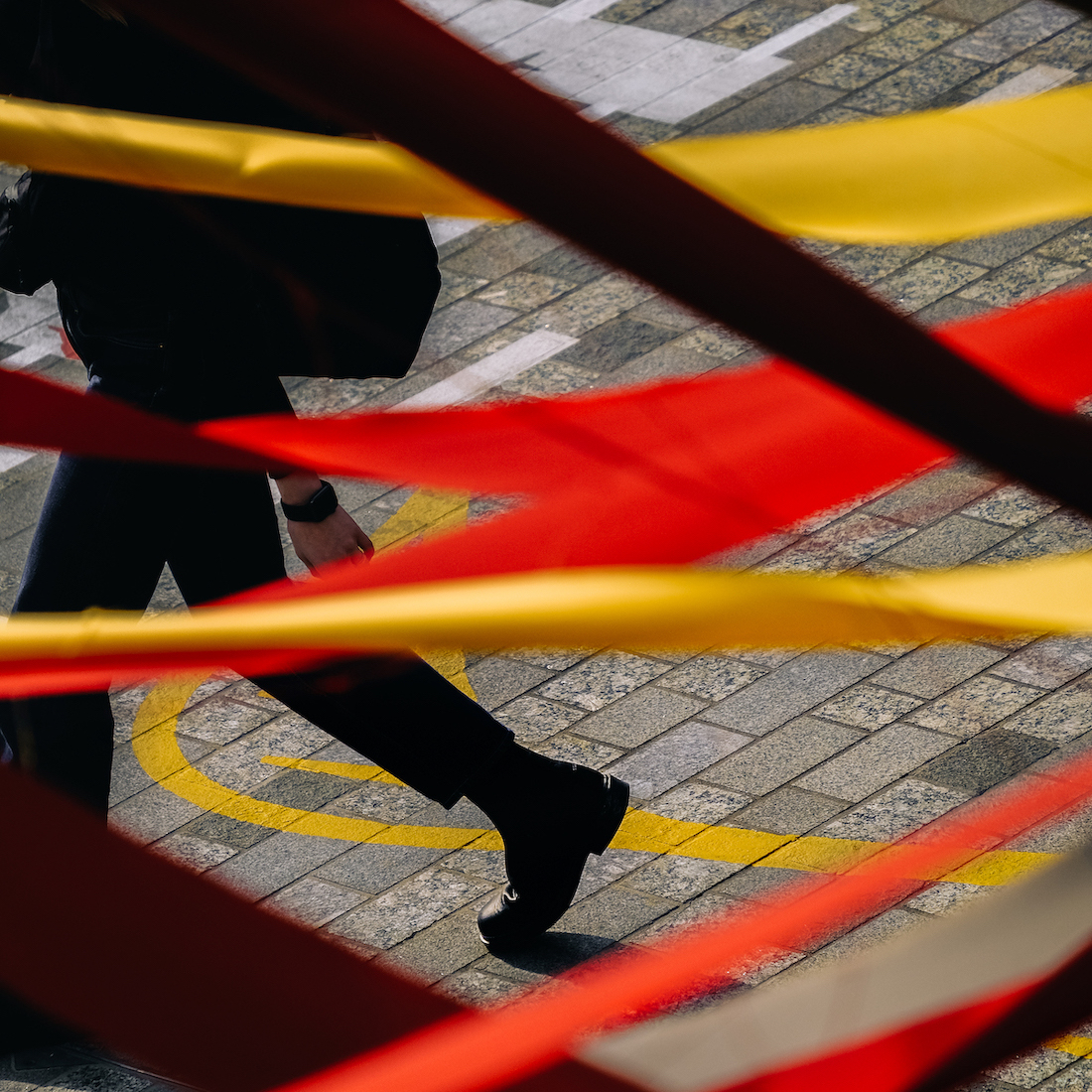
What design challenges have you faced and how did you overcome them?
In 2020, a lot of our work disappeared. We had come off of 2019 by accomplishing our first public installation, we had just finished an exciting collaboration with a furniture company and had our first solo exhibition in Tokyo, and we felt like we were just getting started, and then the pandemic happened. Our projects fell through, and we needed to find ways to keep ourselves busy as the world was rebuilding itself. During this time, we began to explore new mediums, new programs (hello 3D!), and new concepts to encourage ourselves to grow productively during this time. It was one of our hardest years ever, but it also was one of our greatest opportunities for growth. We learned a lot about each other, how we wanted to continue our business, and what we could envision for the future. Despite being an extremely stressful and anxiety-inducing time, with everything removed, that was when we could think clearest about how we wanted to grow and evolve.
What advice do you have for aspiring designers trying to find their style?
Experiment. Try anything. Try things you probably won’t like. Try things you have always loved. Finding a style takes time, commitment, and patience, and despite being self-employed for more than ten years now, I don’t feel like I truly found my stylistic footing until around 2018. Admittedly, I found it very intimidating to find a niche, but when I challenged myself to make personal work, each project became a stepping stone towards a broader perspective that I could call my own. I think it’s extremely important to diversify your work, and I had a lot of trouble understanding my own desires to do this early on. I didn’t want to have a label, such as “graphic designer,” “photographer,” or “illustrator,” exclusively, and “art director” sounded like I didn’t have a hand in my own work. Only now am I feeling more confident in calling myself an artist, yet I still say it sheepishly when I feel vulnerable.
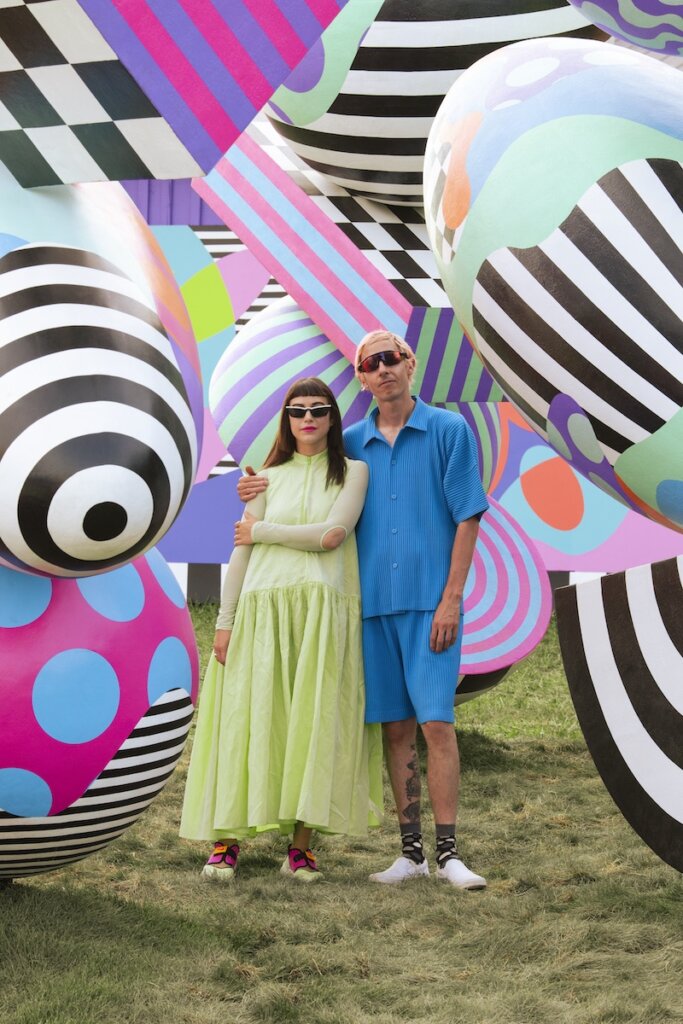
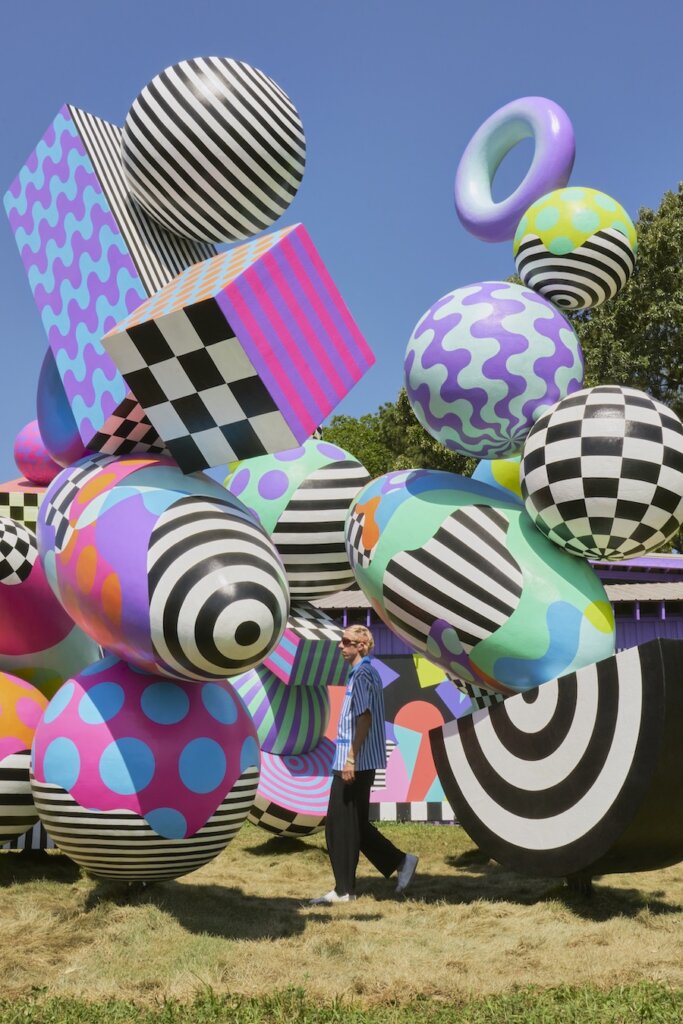
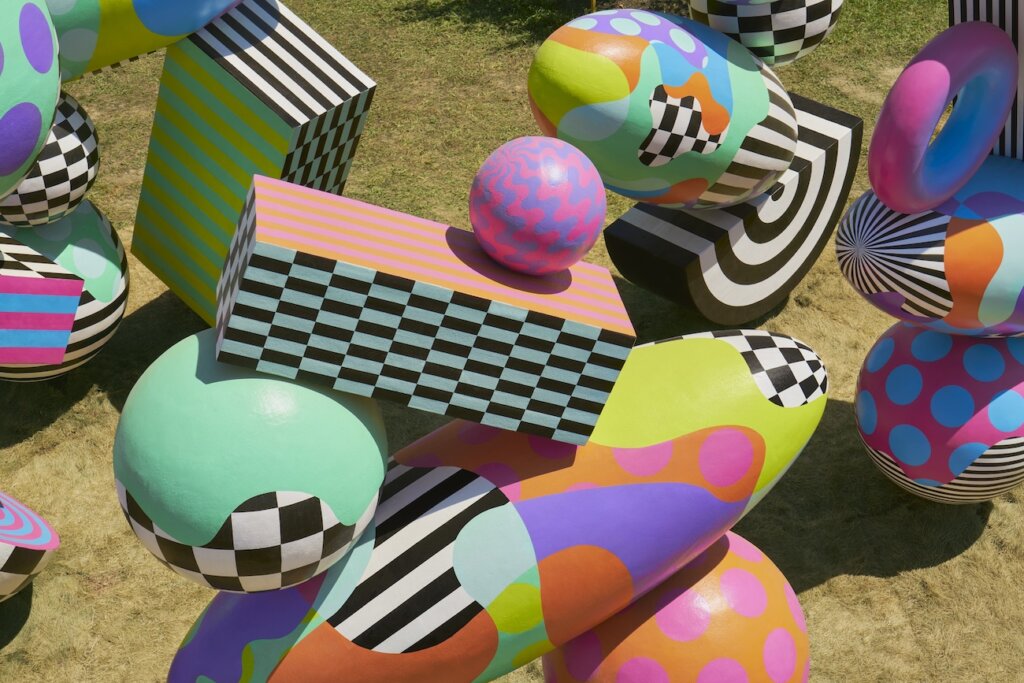
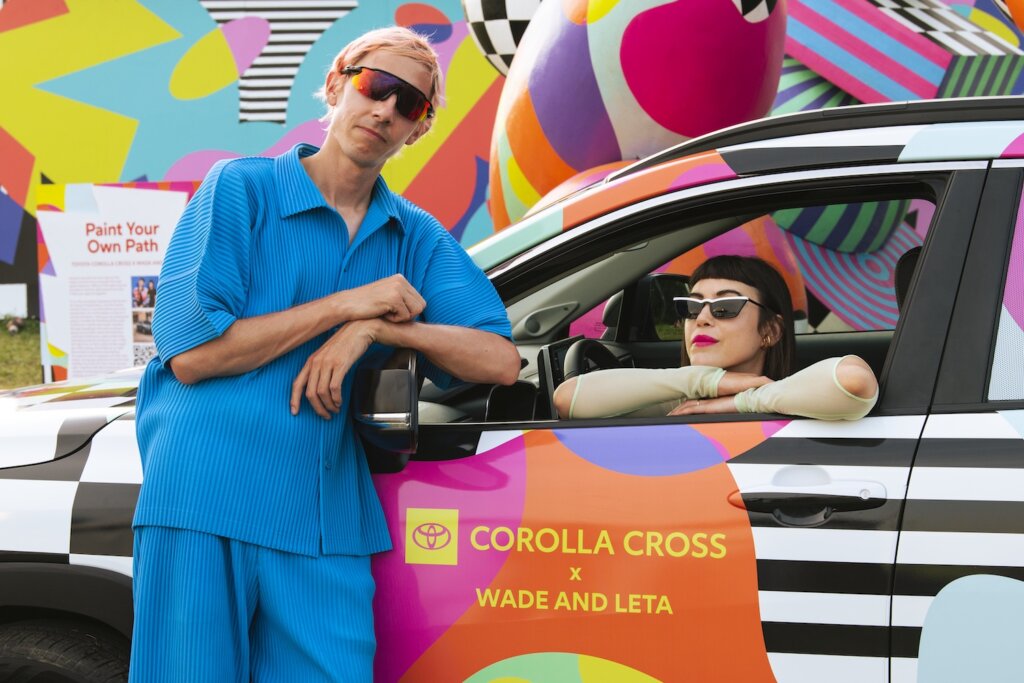
Looking back on your career, is there a project you’re particularly proud of? If so, what did you learn from it, and how did it influence your approach to graphic design?
Each project is a milestone for us and a stepping stone towards the next creative pursuit. We have to thank graphic design for teaching us our fundamentals about form, shape, and color, but ultimately we are slowly drifting from the world of logos and typography to focus our energies more on experience and structure. We’re proud of everything we have made, even if the path to get there was slightly bumpy.
How do you stay creatively inspired and motivated? Are there any resources that you utilize for creative inspiration?
Fortunately, we travel quite often, and our inspiration is fueled by the cities, cultures, and nature we experience on these journeys. We’re fascinated by architecture and art, and much of our traveling focuses on buildings, museums, and outdoor sculpture. We’re constantly collecting experiences to add to our memory banks for later use. Our travels encourage us to think about location, environment, and setting, and push us to consider why something works where it is and why it was made the way it was. Asking questions, seeking answers, and keeping broad interests are some of the best ways never to be fully satiated by inspiration.
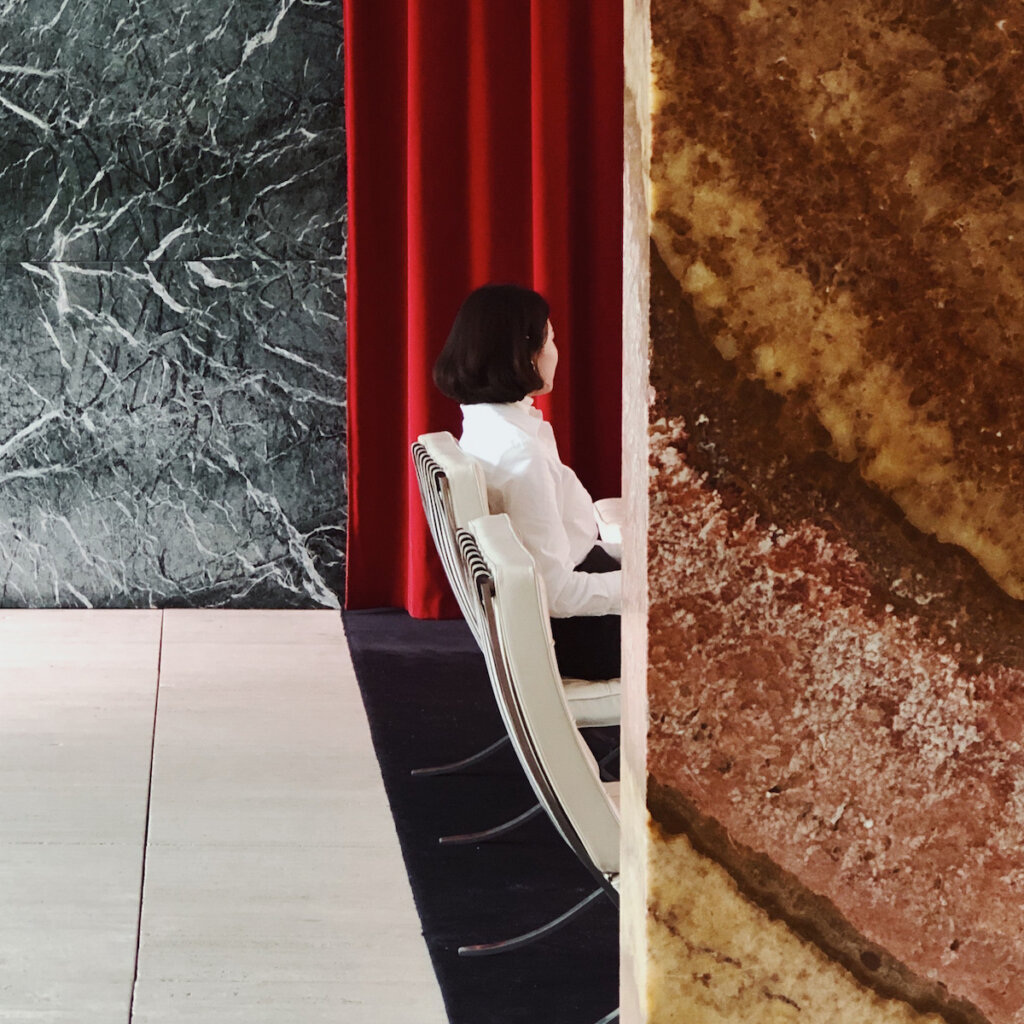
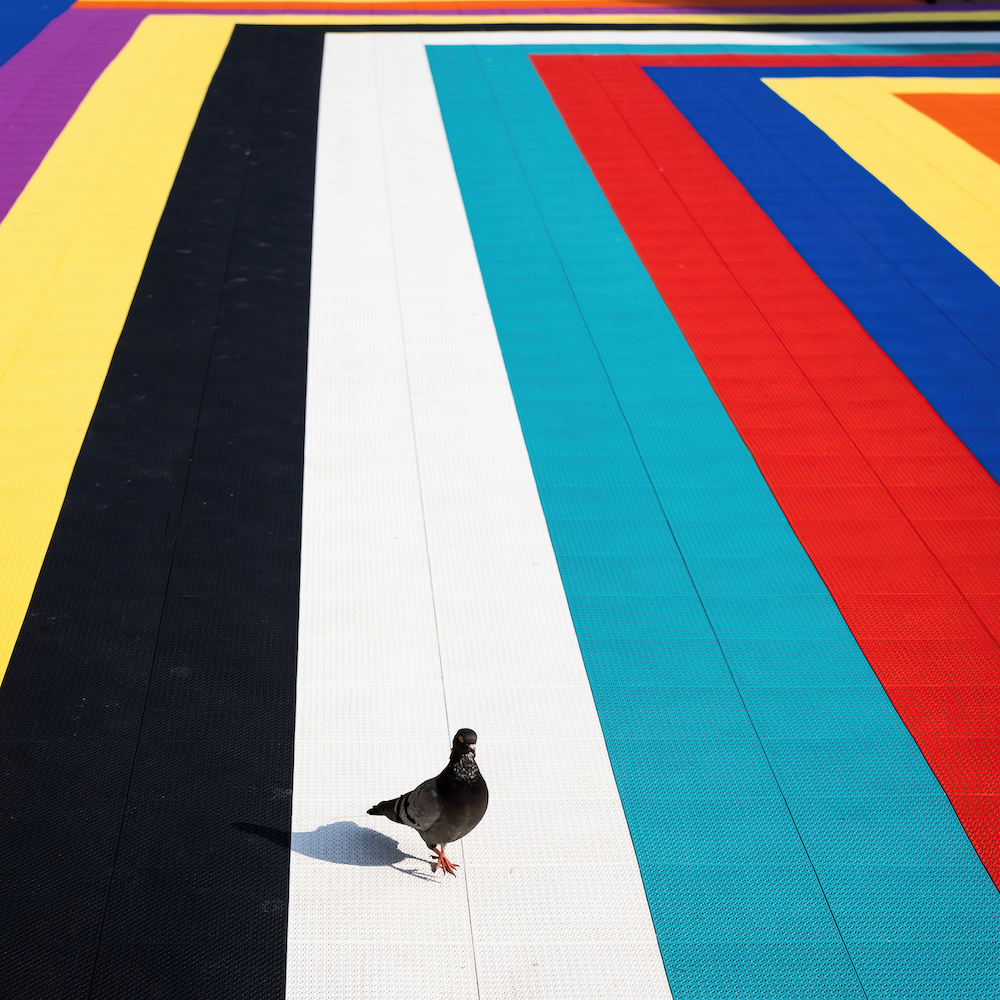
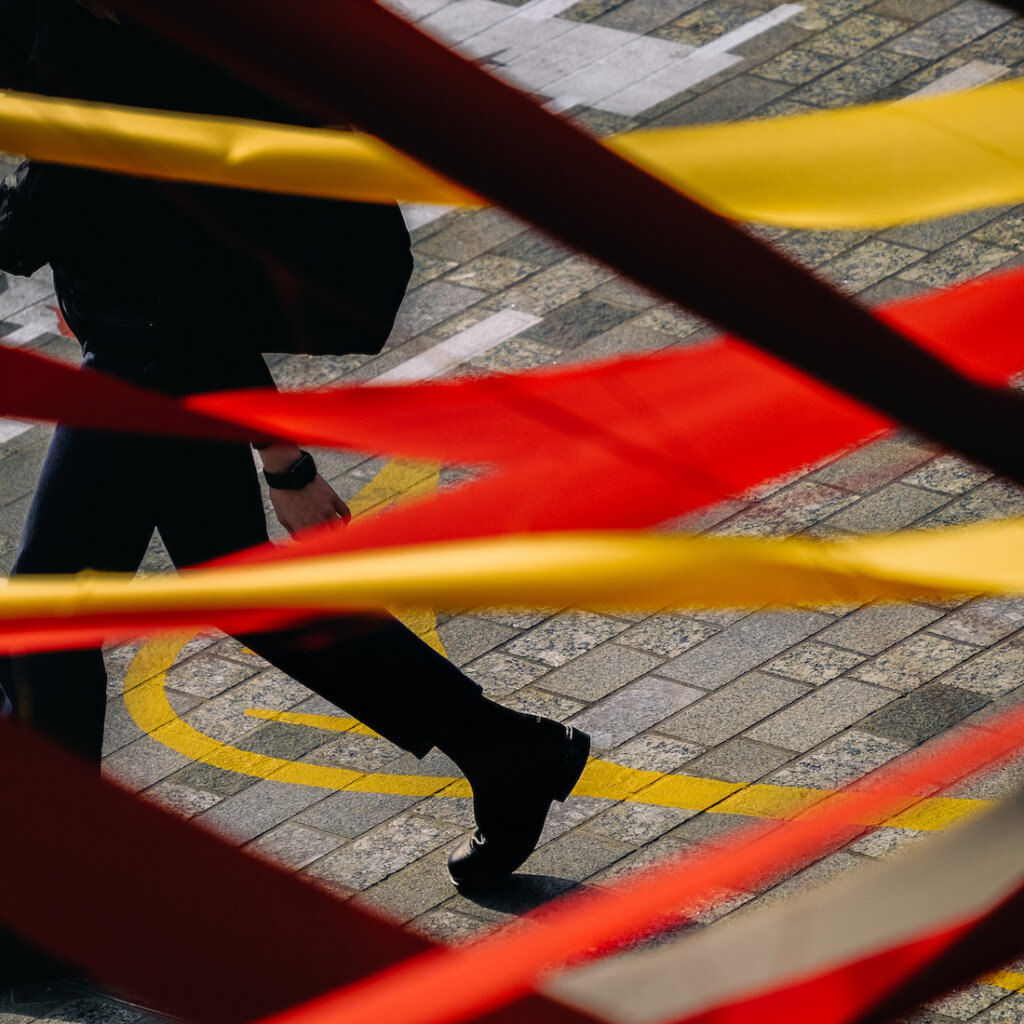
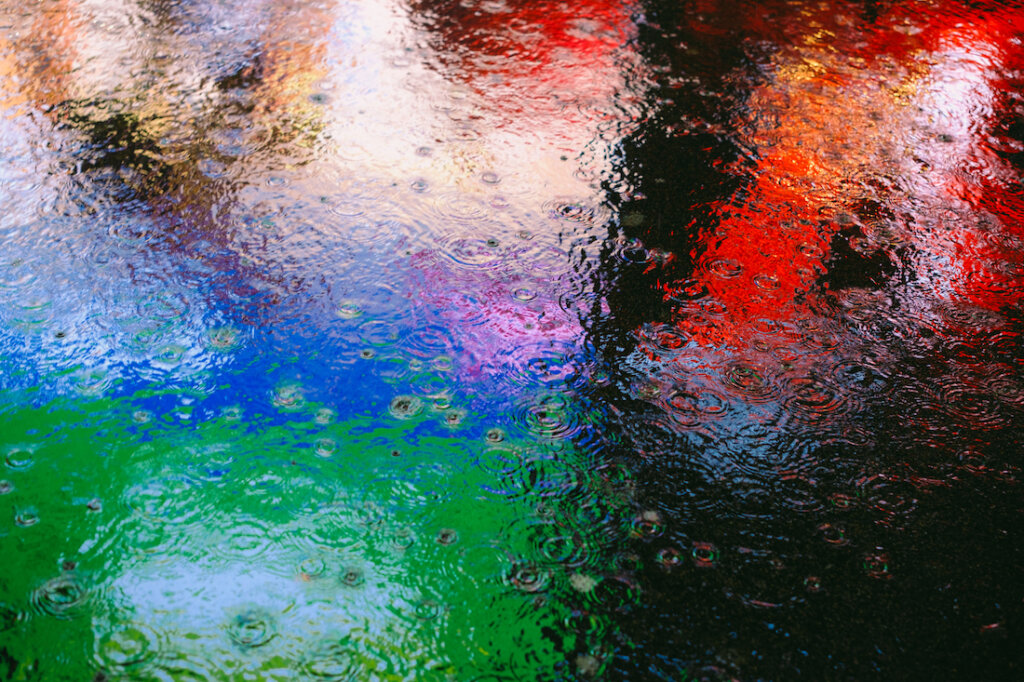
What do you like about Stills? Why would you recommend it as a resource for designers?
While stock imagery is not often used in our work, there are times when it’s essential for getting a point across before the creative comes into play. When we don’t have time to shoot imagery ourselves, Stills is a great resource for finding the right mood to convey a meaning.
—
Explore a Board of stunning architecture and landscape imagery, hand-selected by Leta to inspire future projects—all available to license immediately for your own work on Stills.
—
